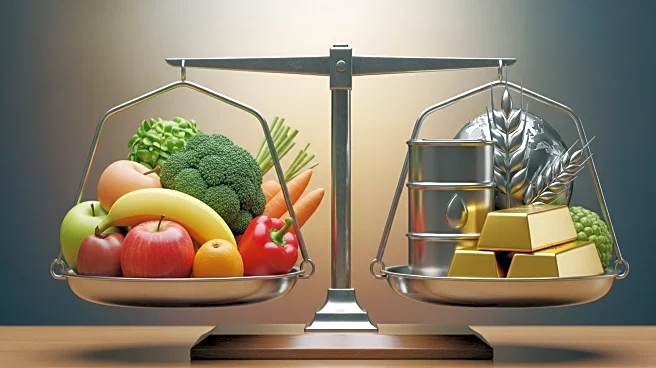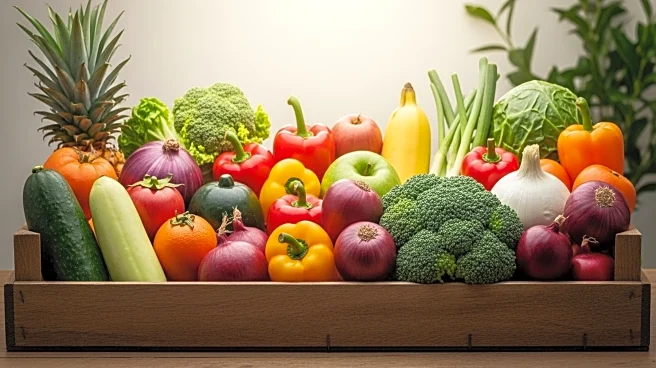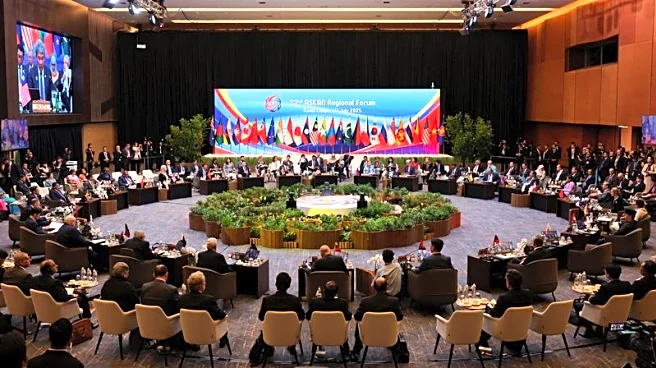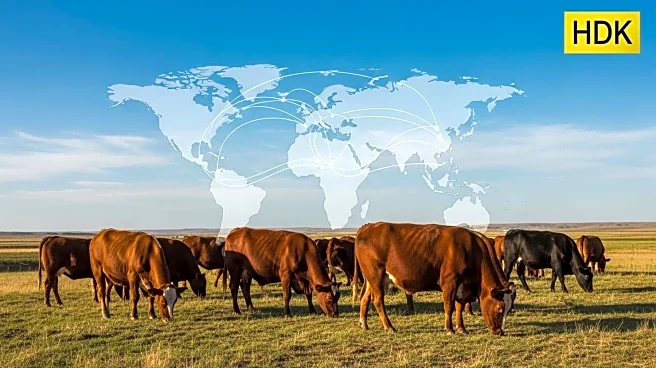What is the story about?
What's Happening?
The Food and Agriculture Organization (FAO) has reported that global meat prices have reached a new peak, driven by increased demand for beef and lamb from the United States and China. The FAO Meat Price Index rose by 0.6% in August, marking a historical high. The surge is attributed to strong demand in the U.S. and robust import demand from China, boosting export prices from Australia and Brazil. While beef and lamb prices increased, pork prices remained stable, and poultry prices declined due to ample supplies.
Why It's Important?
The rise in global meat prices has significant implications for the U.S. and international markets. Higher meat prices can affect consumer spending and inflation rates, impacting economic stability. The demand from the U.S. and China highlights the interconnectedness of global food markets and the influence of major economies on commodity prices. This trend may lead to increased costs for consumers and businesses, affecting food affordability and potentially prompting policy responses to stabilize prices.
What's Next?
As meat prices continue to rise, stakeholders may need to consider strategies to manage costs and ensure food security. Governments might explore policy measures to mitigate the impact on consumers, such as subsidies or import adjustments. The agricultural sector may need to adapt to changing demand patterns, potentially increasing production or exploring alternative markets. Monitoring future price trends will be crucial for businesses and policymakers to anticipate and respond to economic shifts.
AI Generated Content
Do you find this article useful?















